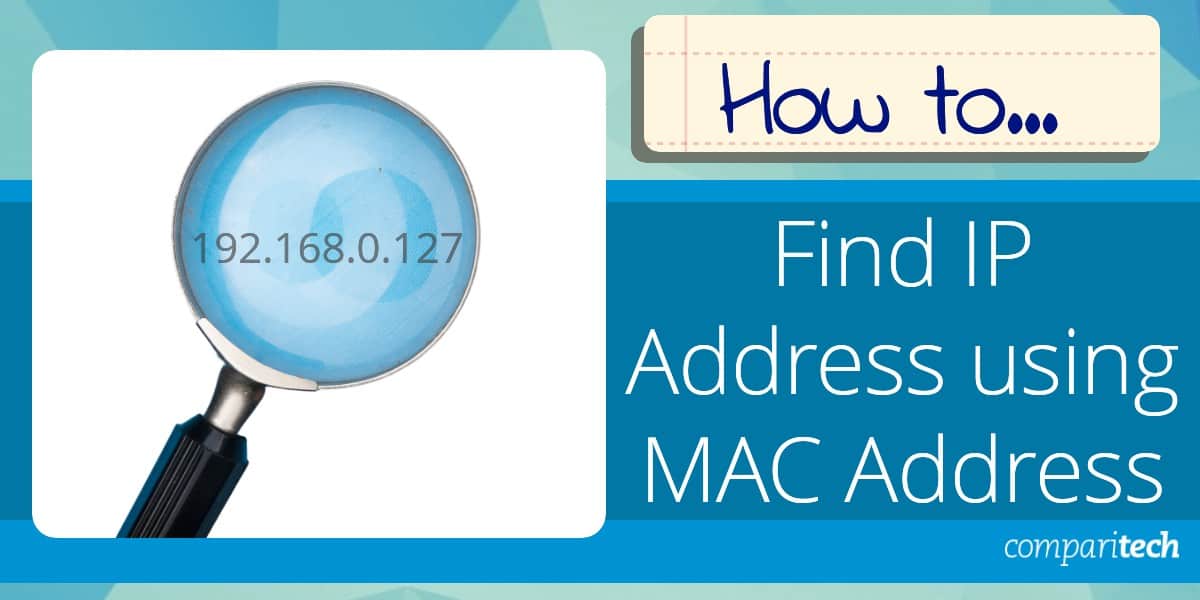


For example, the IP address 127.0.0.1 is reserved to identify the computer you're currently using. Certain addresses and ranges are designated by the IANA as reserved IP addresses, which means they have a specific job in IP.There are only 256 possibilities for the value of each octect: the numbers 0 through 255.That means that in 00101010, you have one each of 21, 23 and 25. Each digit in the binary number is the placeholder for a certain power of two from 2 to 27, reading from right to left. For example, the octet written as 42 stands for 00101010. Each number in an IPV4 number is called an "octet" because it's a base-10 equivalent of an 8-digit base-2 (binary) number used in routing network traffic.Because IPV6 is still a very new standard, we'll concentrate on the more common IPV4 for this article. An IP address in the IPV6 standard has eight hexadecimal numbers (base-16) separated by colons, as in 2001:0cb8:85a3:0000:0000:8a2e:0370:7334.An IP address in the IPV4 standard has four numbers separated by three decimals, as in: 70.74.251.42.Let's start by looking at how IP addresses are structured and how that's important to the name resolution process. It even includes an introduction to managing your own DNS server. The rest of this article dives deeper into domain name servers and name resolution. So far, you've read about some important DNS basics. That configuration includes one or more DNS servers that the device should use when translating DNS names to IP address. But how does your computer know what DNS server to use? Typically, when you connect to your home network, internet service provider (ISP) or WiFi network, the modem or router that assigns your computer's network address also sends some important network configuration information to your computer or mobile device. Without DNS servers, the internet would shut down very quickly.

In addition, a website's IP address can change over time, and some sites associate multiple IP addresses with a single domain name. For example, when you enter "in your browser, part of the network connection includes resolving the domain name "" into an IP address, for example 70.42.251.42, for HowStuffWorks' web servers.īut, you're probably more likely to remember "" when you want to return later. The proper term for this process is DNS name resolution, and you would say that the DNS server resolves the domain name to the IP address. Whether you're accessing a website or sending e-mail, your computer uses a DNS server to look up the domain name you're trying to access. Instead, you just connect through a domain name server, also called a DNS server or name server, which manages a massive database that maps domain names to IP addresses. Thanks to DNS, though, you don't have to keep your own address book of IP addresses. This is similar to dialing a phone number to connect to the person you're trying to call. Ĭomputers and other network devices on the internet use an IP address to route your request to the site you're trying to reach. and you can bet that it wouldn't be nearly as much fun, especially since there are now hundreds of millions of domain names. Without this kind of wayfinding system, you'd have to resort to much more complicated and esoteric means to sift through the virtual open plains and dense cities of data strewn across the global internet. The DNS concept is like a phone book for the internet. It is, in short, a system of matching names with numbers. Its purpose is vital, as it helps convert easy-to-understand domain names like "" into an Internet Protocol (IP) address, such as 70.42.251.42 that computers use to identify each other on the network. (Although many people think "DNS" stands for "Domain Name Server," it really stands for "Domain Name System.") DNS is a protocol within the set of standards for how computers exchange data on the internet and on many private networks, known as the TCP/IP protocol suite. One of the most fundamental instruments of the internet is the Domain Name System, or DNS. The internet and the World Wide Web are wild frontiers that rely on computer languages and codes to find and share data and information. An IT worker draws a diagram of the Domain Name System (DNS) on a digital whiteboard.


 0 kommentar(er)
0 kommentar(er)
